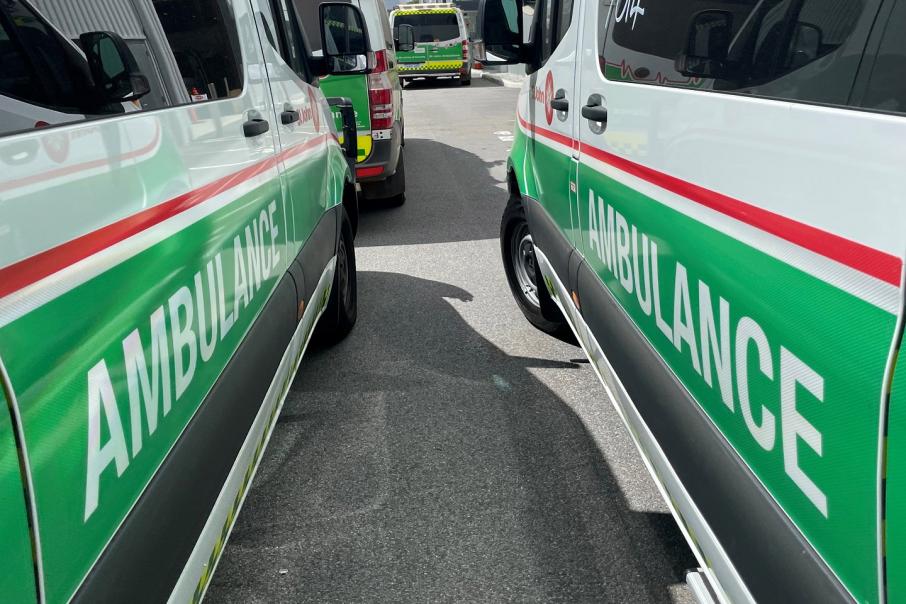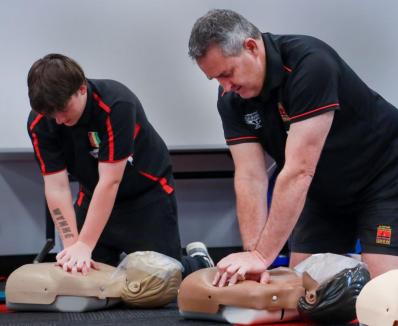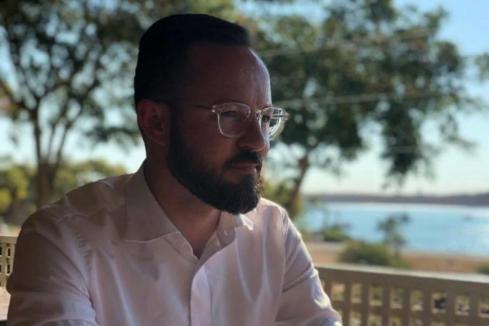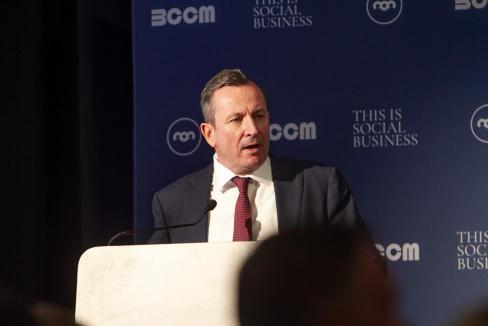Conflagrating ambulance ramping with the Omicron surge seems like a search for political cover.


Bash out words on a keyboard as a reporter for almost four decades and you’ll experience history repeating.
Take St John Ambulance, for example.
There’s an inquiry into the century-old institution happening now because a committee of parliament, led by left faction Labor MP Pierre Yang, is trying to determine: “Whether alternative service delivery models in other jurisdictions would better meet the needs of the community”.
That’s code for whether the $122 million ambulance service contract should be taken off St John and brought in-house for the government to run.
This is precisely what Mr Yang’s backer, the powerful United Workers Union, wants and wanted more than a decade ago when a different inquiry was held.
In 2009, union chief Carolyn Smith said the best way to resolve the issues confronting St John at that time was for the state government to take over managing ambulance services.
Back then the issues were deadly serious. A series of media reports exposed patient deaths linked to poor response times.
“While the review calls for more funding to the service, it has failed to address the serious lack of accountability within the organisation,” Ms Smith said in 2009.
She had a point, but the biggest problem confronting St John was the pittance the government was paying the not-for-profit organisation to cover the entire state’s ambulance needs.
The contract was worth $40 million. The St John chief executive Tony Ahern pleaded for a further $100 million, knowing that for years his service had been under-resourced and over-stretched.
He warned the Barnett government that unless the money arrived, Western Australia would have a second-rate ambulance service.
Following the government’s 2009 inquiry, the Australian Medical Association released a statement.
“Perth hospitals have the worst access block in the nation and until we have enough beds to clear the present bottlenecks, ambulances will continue to waste valuable time ramped outside emergency departments waiting to unload their patients,” it read.
Sound familiar? Nothing has changed on that front, other than the ambulance ramping hours the AMA referred to were insignificant compared to the 52,000 hours paramedics spent waiting at hospitals to hand over patients last year.
The record figure was reached before the Omicron wave, but the government says all states were seeing increased hospital presentations as a spin-off of the pandemic.
Once COVID becomes a distant memory, that justification will also disappear.
But the fact that the government puts the latest ramping crisis down to a by-product of the pandemic means the day-to-day service model provided by St John can’t be blamed.
Premier Mark McGowan has also been at pains recently to urge people not to call triple-zero just because they suspect they have COVID, regardless of how sick they feel.
“When people call triple-zero for minor matters, they can divert ambulances away from more important things,” Mr McGowan said.
“As the Omicron wave has grown, more people are doing that, which is unfortunate and unnecessary.”
Once again, he is not blaming the ambulance service. In fact, nothing the current inquiry into St John has turned up would justify tearing up the current arrangement. Despite that, the committee, which was due to report last month, now has until May to conclude its investigations.
This means that the ambulance service, which the premier agrees is facing enormous strain, must also deal with a never-ending stream of questions from the committee.
St John should be focused on doing what it’s done in WA since 1904: providing emergency response medical treatment across a huge land mass to people who trust the brand.
If there is a broader ideological argument motivating the inquiry – let’s say a Labor union wanting the St John workforce under its membership umbrella – then the committee should come clean.
“Ambulance services constitute a vital part of our health system, directly impacting hundreds of Western Australians every single day,” said Mr Yang when the inquiry was launched last June.
“For this reason, ambulance services are always topical for the community.”
The only reason I can see that St John Ambulance is topical at present is because its paramedics, and their patients, are stuck for thousands of hours every month outside hospital entrances.
If that’s not the organisation’s fault, then why is it under investigation?













